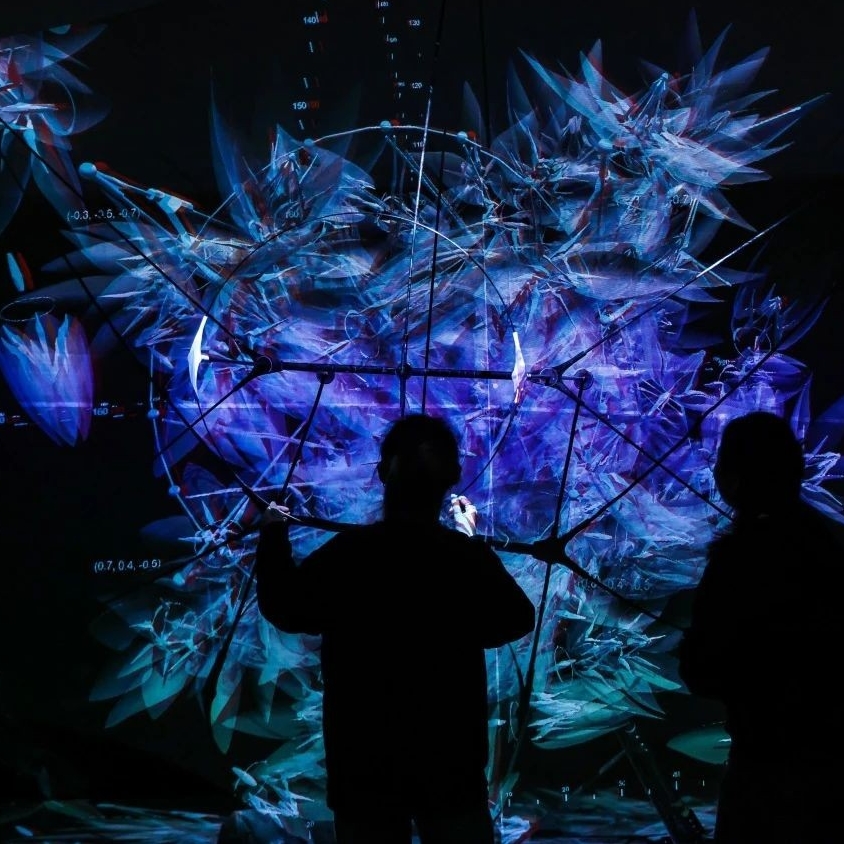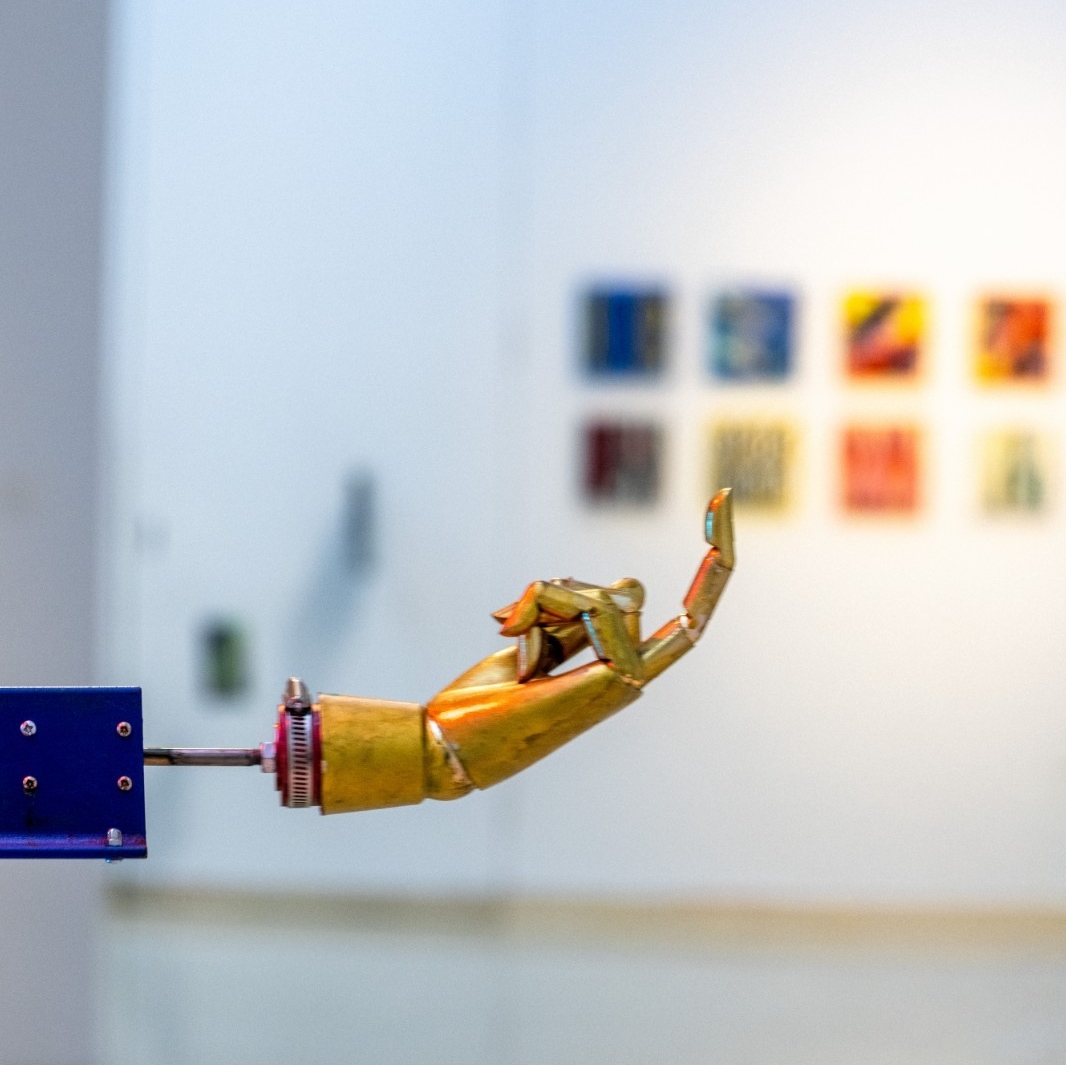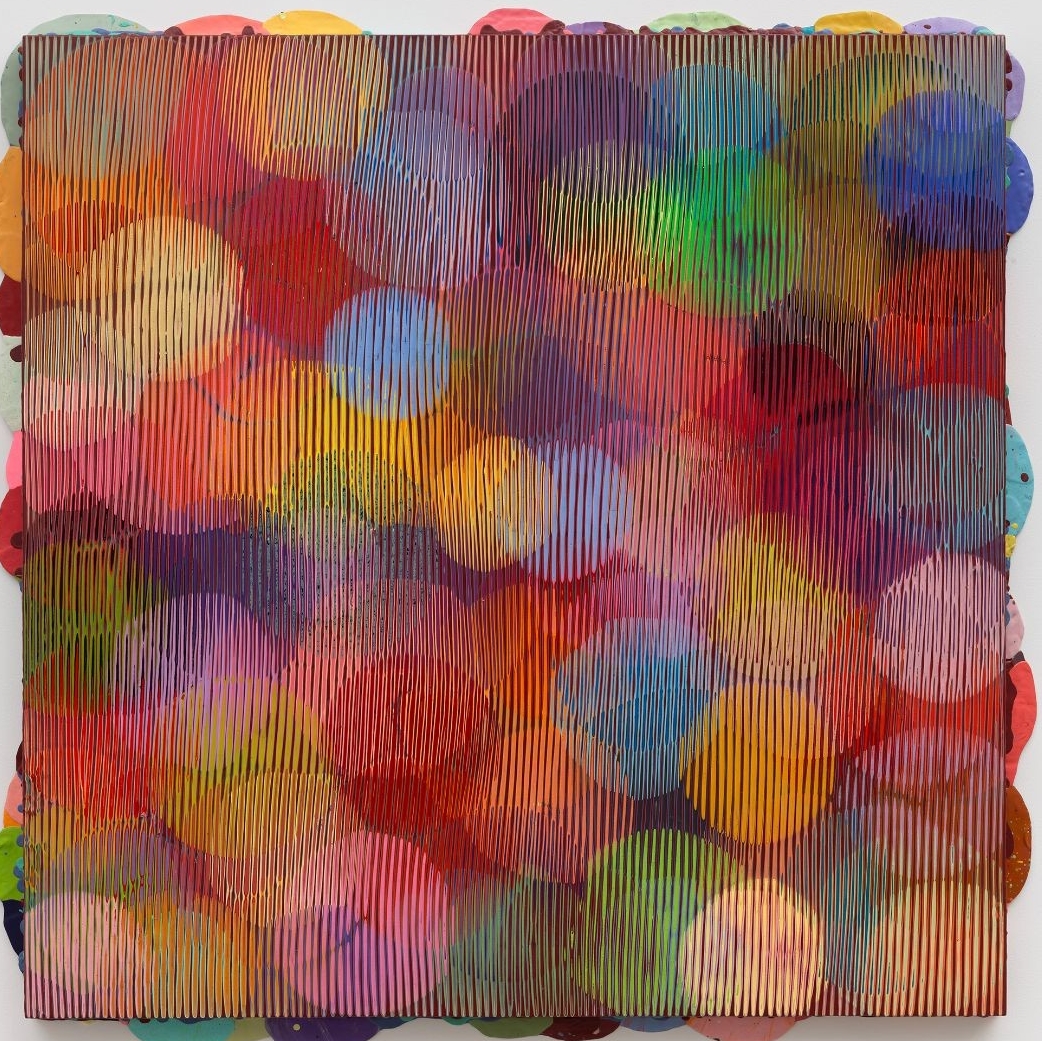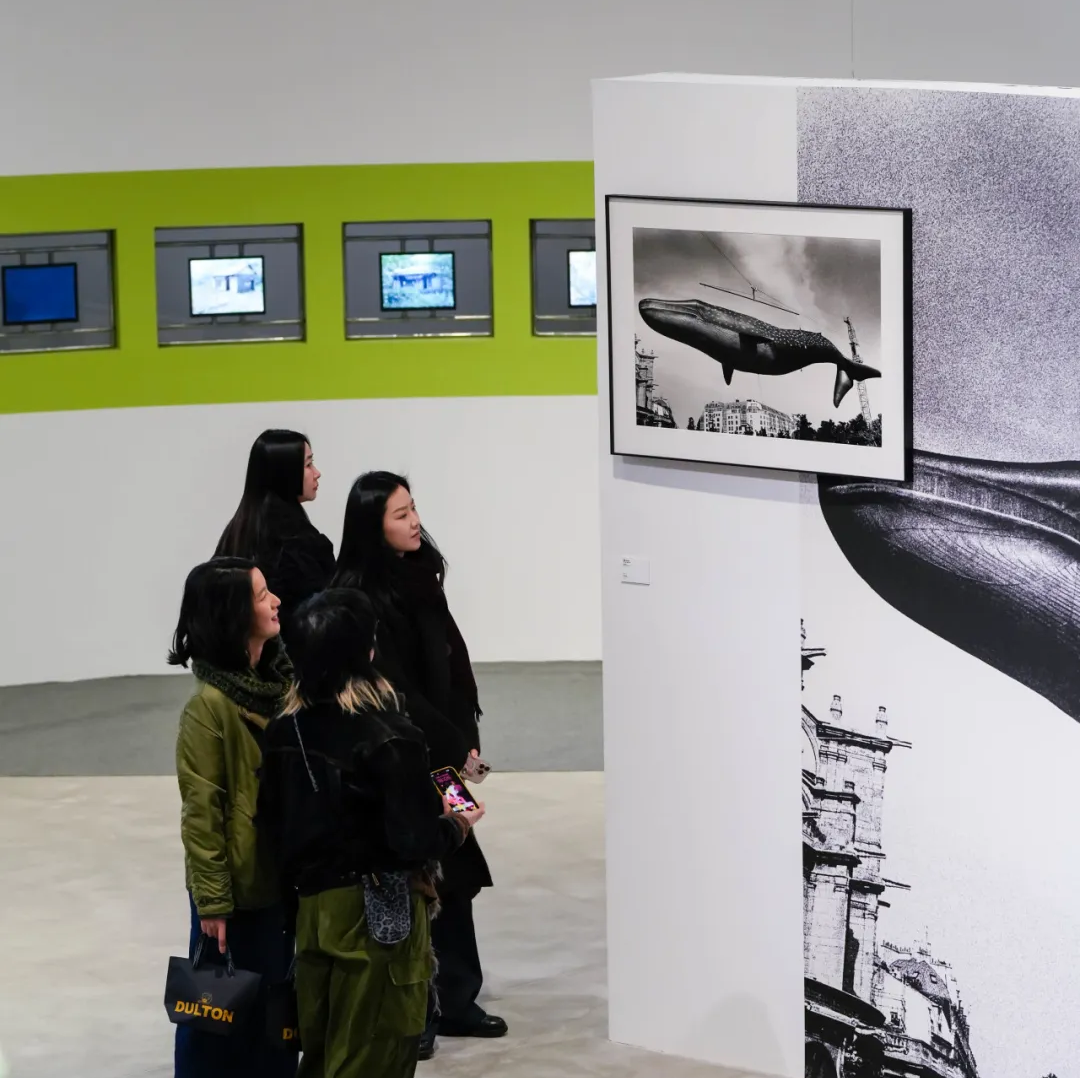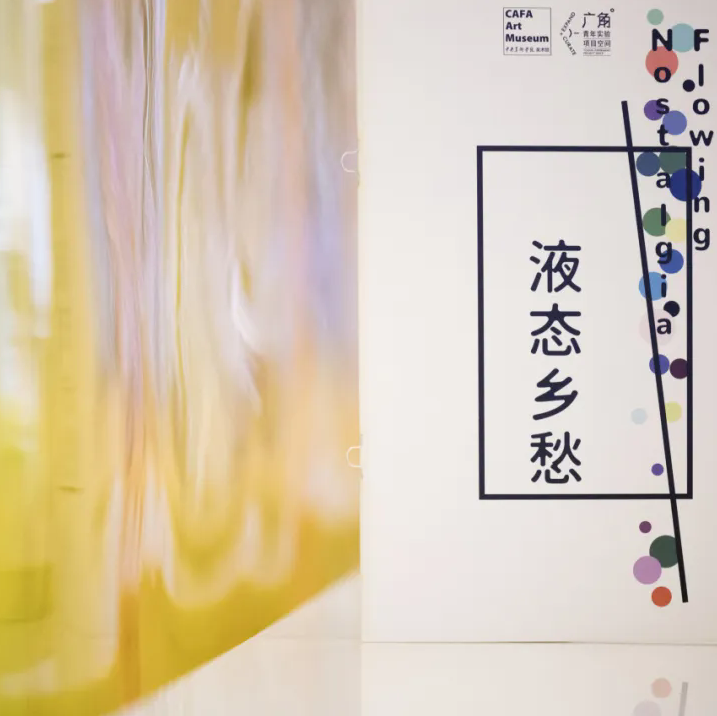
CIGE 2011 01 Entrance
Supported by the Ministry of Culture of the People’s Republic of China, the Eighth Edition of the China International Gallery Exposition (CIGE 2011) took place at the Exhibition Hall of the China World Trade Centre in Beijing from 21 – 24 April, 2011 with a preview on 20 April.
While China plays an important role in fortifying the network between Asian regions, CIGE 2011 serves as a critical exchange platform to internationally develop the local arts environment. As the world continues to keep an eye on the booming development of Chinese contemporary art and its impact on the global art world, the future of the contemporary art market in China remains promising for art professionals worldwide. Within the ever-changing trends of global contemporary art, CIGE distinguishes itself as an exquisite, first-rate and original platform for presenting the most exemplary artistic practices in the world today.

CIGE 2011 02
During these four days, a 10,000 square meter space on the first floor of the China World Trade Center Exhibition Hall for the CIGE 2011 Gallery Exhibition hosted around 60 selected outstanding galleries from all over the world to present a panorama of modern and contemporary art. As the creator and director Wang Yihan said, “This time around we’ll be making a lot of changes. The major change in our approach will be changing CIGE’s pervious focus on Western art towards Asian art – especially Chinese art,” She is the woman who paved the way for China’s first art fair. The exposition opened in Beijing for the first time in 2004 as an art fair for big-spending collectors looking to buy world art at home. She believes the change is in many ways a response to the strong growth of the Chinese art community, which has become a powerhouse on the contemporary auction circuit.

CIGE 2011 03 Work by Fang Lijun
Wang said more than 80 percent of the participating galleries are from China, with the rest from India, South Korea and Japan. Among the top Chinese works are Wang Fenghua’s oil paintings from the Taipei-based Gallery J. Chen, which use glass-walled skyscrapers as a symbol of urban modernization. Edison Chen, the Hong Kong pop star whose name is now best associated with a sex photo scandal three years ago, also participated in the CIGE as an installation artist. There are also some highlighted works coming in from other Asian countries, such as the Indian artist Chintan Upadhyay’s “Take Me Home,” presented by the Sakshi Gallery.
As specific arrangements for strategies to “enhance collections of works”, CIGE 2011 opened a special exhibition of works presented by galleries which are worth over a million RMB exclusively for top collectors. Standards for these works are valuable in both art and in their position in the market, which also provides a more efficient way for trade.

CIGE 2011 04
Following the traditional art project of the CIGE, MAPPING ASIA was composed of a young Asian artists’ exhibition which continued to be a highly interesting element. Twelve galleries including Tang Contemporary Art, Beijing Art Now Gallery, Yang Gallery, Mountain Art—Beijing Lin Zhengyi Art Gallery, Artmia Gallery, Madeln, Gallery J. Chen (Taibei), etc. brought new creations by 16 artists for the special exhibition space. These solo exhibitions of various forms and aspirations respond to the creative ecology of the most dynamic and promising young artists in the Chinese contemporary art market over the past year. In the art project of SUBLIMINALS, Artmia, White Rabbit Art Gallery and the second annual Caochangdi Photo Spring in 2011 have provided a non-profit art project for the visitors. Additionally, a series of artists’ portfolios including Edison Chen & Maldin, Liu Ding & Chen Shaoxiong have demonstrated their unique combinations and debut in art. All could be taken as a useful attempt for the CIGE 2011 to act as both an art platform and a cross-marketing campaign.

CIGE 2011 05 Work by Zhou Chunya
View the Chinese version of this article here


